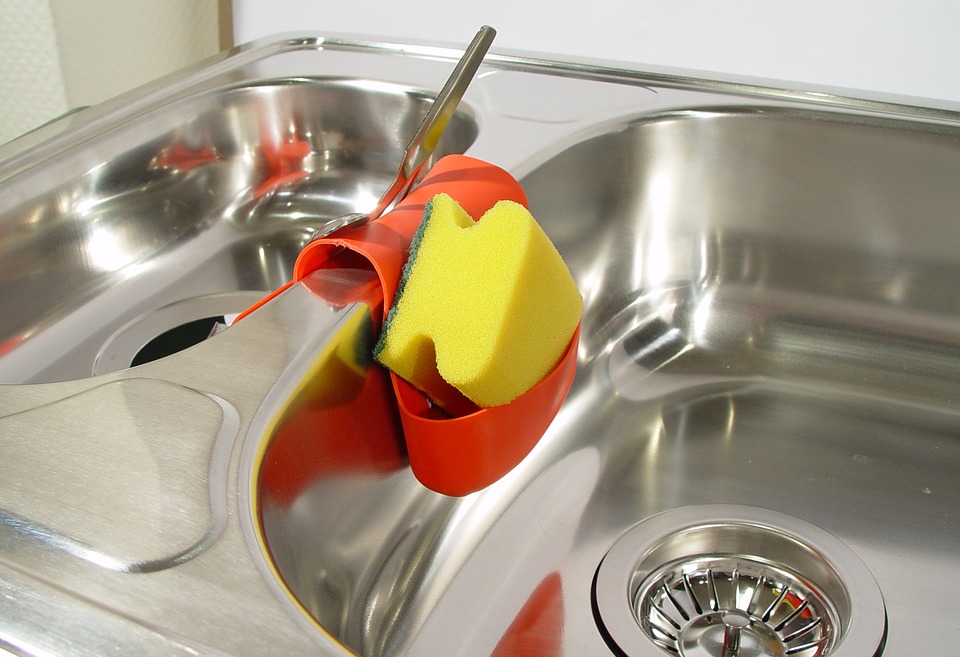
After a long, cold winter, the renewed warmth of spring not only invigorates our spirits, but our creativity as well.
As you go around the house cleaning, design ideas may come as you subconsciously review your home’s setup, making a trip to your favorite modern furniture store in Orange County inevitable.
What should be on your must have list? Below, we’ll float a few suggestions that can make your home the castle it should be.
Complete your living room with a sweet sectional sofa
Want to add a lounging option to your living room that everyone will love? Make this the year you finally get that sectional sofa you’ve always wanted but could never justify – until now.
Now that you got the means, go ahead and spoil yourself. Sectionals encourage a seating plan that is more social, but the segment of the couch that juts out forward from the rest are their best attribute by far.
Allowing you to stretch out and relax like royalty, it will be the scene of many impromptu naps in your immediate future.
Add a corner bar in your dining room
If you are looking for a fun way to spice up dinner parties and holiday gatherings, the addition of a subtle but stylish corner bar is a great way to do just that.
Perfect for home owners with an empty corner in their dining room/nook, it is the perfect place to show off your mixology skills in front of a captive audience.
Many bars have a slim footprint, making them easy to place, have ample shelving beneath the worktop for plenty of liquor bottles, and are put together with materials that give off an understated elegance that will make them mesh well within your dining space.
Revamp your bed setup
For many, the bedroom serves a practical purpose. Yours might do a great job lulling you to sleep, but know that it can also be the inner sanctum you deserve.
By picking out a bed set that imparts design principles to the headboard, the frame, the linens, and the pillows, you can flip your bedroom around from a place where you merely get sleep to a luxurious den you’ll have trouble leaving in the morning.
Get a home office chair that matches your personality
Do you ply your trade at home? It’s time you got an office chair that resonates with who you are as a person.
Whether you choose a high-sided leather chair that screams big-time corporate CEO, or an art house seat that lends credibility to your identity as a creative professional, there is a seating solution out there with more impact than that sad chair you picked up for $99 at Staples two years ago.
Be known for having the sexiest fire pit in the neighborhood
Love entertaining neighbors, friends, and family members in your backyard? Go upscale with your fire pit this year, and you’ll have people thinking you won the lottery.
With models on the market that put up a flame through a polished concrete table, you’ll have a stunning outdoor centerpiece that will make guests feel like they are chilling in the backyard of their favorite Hollywood celeb.



